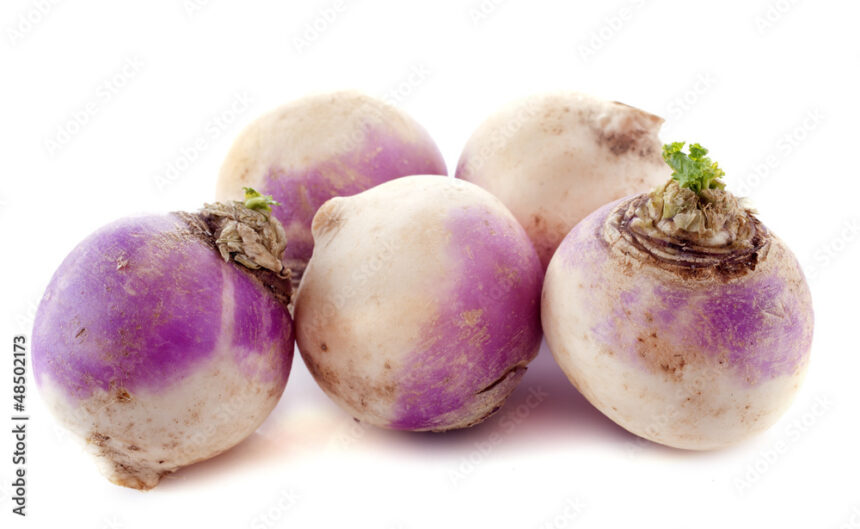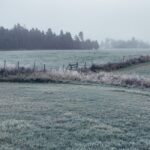Alternaria leaf spot is a common fungal disease that affects various plants, including turnips. The symptoms of Alternaria leaf spot in turnips typically include:
- Leaf Lesions: The disease initially appears as small, dark spots on the leaves. These spots are usually circular to irregular in shape and may have a concentric ring pattern.
- Enlarged Lesions: As the disease progresses, the spots on the leaves enlarge and turn brown or black. They may merge together, forming larger irregular-shaped lesions.
- Yellowing and Wilting: Infected leaves may start to yellow around the lesions and eventually wilt and die. In severe cases, the entire plant may become yellow and show signs of wilting.
- Stem Lesions: Alternaria leaf spot can also affect the stems of turnip plants. Infected stems develop sunken, dark-colored lesions that may extend to the roots.
- Spore Production: Under favorable conditions, the fungus may produce dark-colored spores (conidia) on the surface of lesions. These spores can be observed as black specks or a powdery coating on the infected leaves and stems.
It’s important to note that these symptoms may vary depending on the severity of the infection and the specific turnip variety. If you suspect Alternaria leaf spot in your turnip plants, it’s recommended to consult a local agricultural extension service or plant pathologist for a proper diagnosis and advice on management strategies.
Join 'Farmers Mag' WhatsApp Channel
Get the latest Farming news and tips delivered straight to your WhatsApp
CLICK HERE TO JOIN






